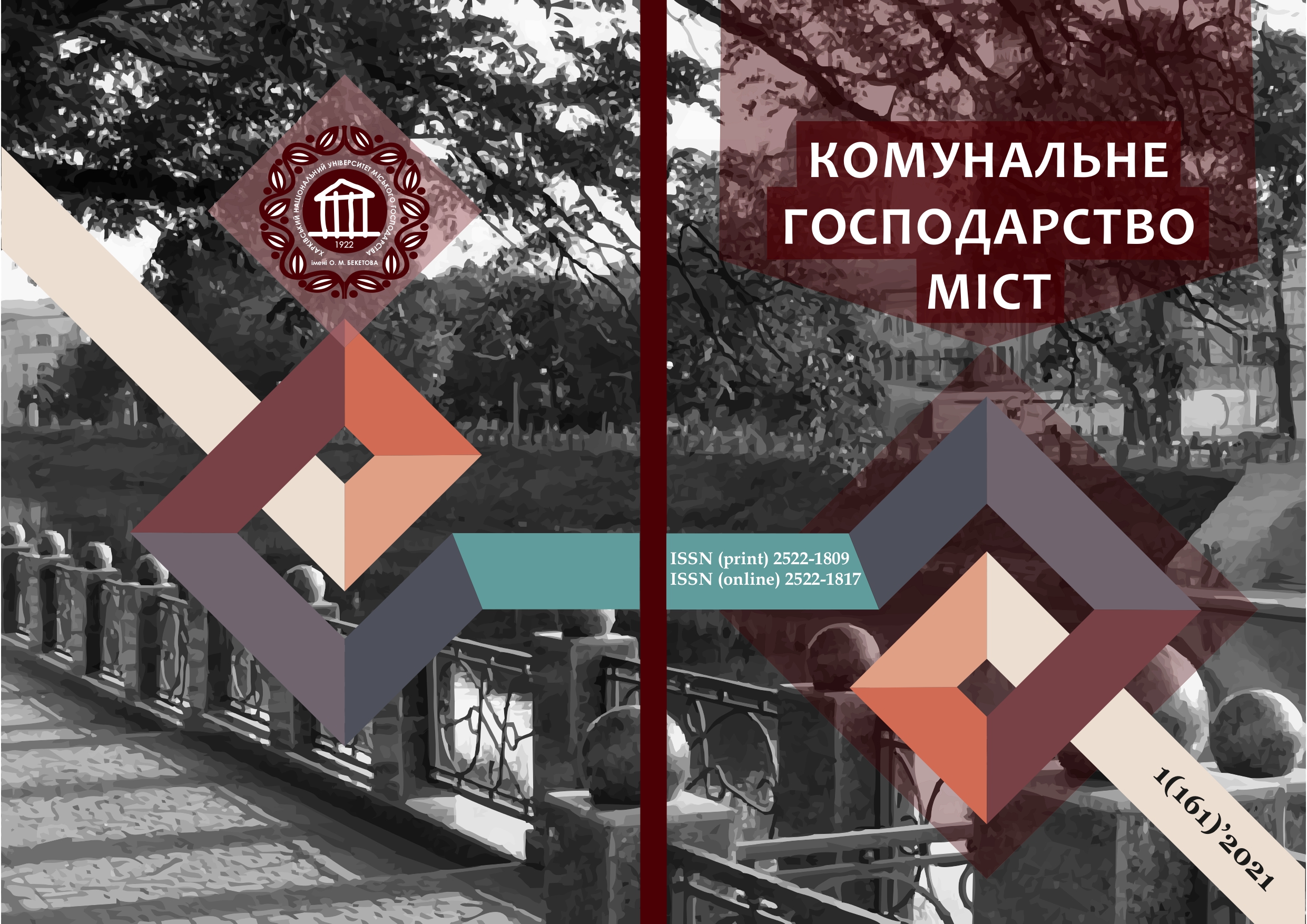INVESTIGATION OF THE TEMPERATURE FACTORS INFLUENCE ON OPERATING SAFETY THE SUBMERSIBLE ELECTROMECHANICAL CONVERTER
Array
Keywords:
safety, thermal field, modeling, submersible electromechanical converter.Abstract
The article presents a mathematical model of the thermal field for determining the values of temperatures during the submersible electromechanical converter operation. The influence of obtained temperature values on the safety and reliability of the submersible electromechanical converter is analyzed.
In a submersible electromechanical converter the windings temperature has great importance. On the one hand, the windings temperature must be such as to transfer a sufficient amount of heat to the viscous loading environment for its processing (movement, transportation, etc.) to begin. On the other hand, the windings temperature must not exceed the limit values for the corresponding insulation class, since this can cause an emergency (fire, short circuit, etc.)
The obtained results shows, that temperature on the surface of rotor's cylinders reaches 135 ° C, which provides rapid heating of a viscous substance, and therefore high performance of the pumping process.
In this work, the bitumen BND 200/300 was used as the loading and cooling environment. The flash point of this brand of bitumen is 220 ° C and characterizes the degree of flammability of bitumen when it heated. Bitumen does not reach the maximum allowable temperature as a result of heating by means of submersible electromechanical converter that creates a safe temperature corridor in a technological chain at its processing. The temperature of the outer surface of the submersible electromechanical converter, with which the service technical staff may have a contact, does not exceed 20 ° C (Fig. 3), which is completely safe and does not endanger the workers health or life. Also, the obtained temperatures values are within the permissible limits of the heat resistance class of a winding electrical insulating material (H - 180 ° C), which also contributes to the safe submersible electromechanical converter operation.
References
Zablodskiy M. et al. (2015). Submersible electromechanical converter. Patent 95853. Ukraine.
Zablodskiy, N., Plyugin, V., Gritsyuk, V. & Grin, G. (2016). Polyfunctional electromechanical energy converters for technological purposes. Electrical Engineering, (3), 24–29.
Zablodskiy, M., Mirsky, G., Hrytsiuk, V. (2019) Mathematical modeling of electrothermomechanical equipment for processing viscous and bulk substances. Kyiv: Yamchynsky O.V.
Zablodskiy, M., Gritsyuk, V., Rudnev, Y., Brozhko, R., & Tymofieieva, O. (2020, April). Analysis of 3D eddy current distribution in a hollow rotor of an electromechanical converter. In 2020 IEEE 40th International Conference on Electronics and Nanotechnology (ELNANO) (pp. 561–564). IEEE.
Zablodskiy, M., Pliuhin, V., & Chuenko, R. (2018). Simulation of induction machines with common solid rotor. Tekhnichna elektrodynamika, (6), 42–45.
Zablodskiy, M. (2007). Scientific and technical bases of polyfunctional electromechanical converters for technological purpose creation (Doctor's thesis). Donbas State Technical University, Alchevs’k.
Ivanov S. (2010). Electrical pumping devices based on electromechanical heat-generating converters. (Doctor's thesis). Emperor Alexander I St. Petersburg State Transport University, St. Petersburg.
Zablodskiy, M., Pliuhin, V., & Zablodskaya, T. (1999). Ensuring the safe properties of submersible electromechanical heaters. Vestnik MANEB, 10 (22), 76–77.
Tikhonova, O. V., & Plastun, A. T. (2018, March). Electromagnetic calculation of induction motor by “ANSYS Maxwell”. In 2018 IEEE Conference of Russian Young Researchers in Electrical and Electronic Engineering (EIConRus) (pp. 822–826). IEEE.
Silberman, Z. J. (2018). Novel Methods to Determine and Use the Magnetic Vector Potential in Numerical General Relativistic Magnetohydrodynamics.
Downloads
Published
How to Cite
Issue
Section
License
The authors who publish in this collection agree with the following terms:
• The authors reserve the right to authorship of their work and give the magazine the right to first publish this work under the terms of license CC BY-NC-ND 4.0 (with the Designation of Authorship - Non-Commercial - Without Derivatives 4.0 International), which allows others to freely distribute the published work with a mandatory reference to the authors of the original work and the first publication of the work in this magazine.
• Authors have the right to make independent extra-exclusive work agreements in the form in which they were published by this magazine (for example, posting work in an electronic repository of an institution or publishing as part of a monograph), provided that the link to the first publication of the work in this journal is maintained. .
• Journal policy allows and encourages the publication of manuscripts on the Internet (for example, in institutions' repositories or on personal websites), both before the publication of this manuscript and during its editorial work, as it contributes to the emergence of productive scientific discussion and positively affects the efficiency and dynamics of the citation of the published work (see The Effect of Open Access).

